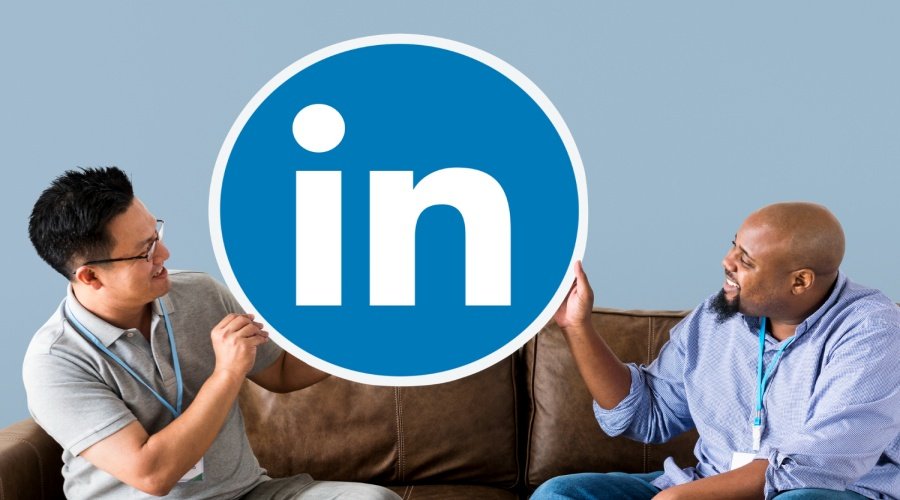Why Lead Gen Isn’t Always the Right Metric
Ask most B2B marketers how they measure campaign success, and you’ll usually hear some version of, “How many leads did we get?” It’s a fair question—but also a narrow one. In some cases, especially when positioning a brand in a crowded or complex market, obsessing over short-term leads can get in the way of long-term growth.
Awareness campaigns aren’t about clicks and forms. They’re about shaping perception. Getting your brand recognised, trusted, and associated with the right value before a prospect even considers a solution. On LinkedIn—where professionals are already in a work mindset—this kind of positioning can have compounding effects.
When Awareness Campaigns Actually Perform Better
There’s a certain irony in awareness campaigns. Because they don’t aim for instant conversions, they often create the conditions for more meaningful ones later.
Take a B2B SaaS company entering a new vertical. Instead of jumping straight to demo requests, they focused on an upper-funnel campaign built around a strong point of view: the future of compliance automation. No forms. No downloads. Just short, high-quality videos, punchy thought leadership, and posts that sparked industry conversation.
The result? Pipeline didn’t spike overnight—but within three months, brand mentions during sales calls increased, reply rates went up, and sales cycles got shorter. Decision-makers weren’t meeting the company for the first time during the pitch—they’d already formed a positive impression.
LinkedIn as a Brand Platform, Not Just a Demand Channel
Most marketers think of LinkedIn as a direct response platform—especially because it offers precise targeting and lead gen forms. But it’s also one of the best digital spaces for brand storytelling in B2B. You can speak directly to CFOs, Heads of Ops, or CTOs with creative that positions your brand in the exact way you want.
That might look like:
- Carousel ads that walk through your brand philosophy
- Short videos profiling your team or approach to service
- Organic posts that give a behind-the-scenes look at product decisions or industry insights
People don’t just buy what you do—they buy why you do it. Brand positioning content helps seed that belief before the sales conversation even starts.
Why It Works Especially Well for Complex or High-Commitment Offers
The more your product or service requires explanation, the less likely a cold lead gen ad will perform well. When you’re selling a six-figure service, a mission-critical SaaS platform, or a nuanced consultancy offering, no one’s going to fill out a form after one interaction.
Instead, your audience needs to trust you. They need to know you. Awareness campaigns give you that runway. They let you warm the room before you walk in.
They also make your other campaigns more efficient. When someone has already seen your founder speak on an industry panel via LinkedIn, or read a few thought leadership pieces, they’re far more likely to respond to a retargeted lead ad. You’re not introducing yourself—you’re continuing a conversation.
Using the Right Metrics to Evaluate Brand Campaigns
The mistake many marketers make is using lead-based metrics to measure awareness campaigns. If your goal is to build brand perception, you need to track:
- Reach and frequency (are the right people seeing you, often enough?)
- Engagement quality (are they watching the video or just scrolling past?)
- Share of voice (how often are you showing up compared to your competitors?)
One LinkedIn ads tool that’s often underused here is the Brand Lift Test. It allows you to measure shifts in brand awareness, consideration, and preference using survey-based control groups. It’s not for every campaign—but if you’re investing in a brand, it’s worth exploring.
How to Craft Awareness Ads That Don’t Feel Like Fluff
Brand awareness doesn’t mean vague slogans or overly polished promo videos. The best awareness content still delivers value—it just does so without asking for anything in return.
Some ideas:
- Bold POV content on industry trends
- Customer mini-profiles that speak to your ideal persona
- Founder’s voice-style posts that humanise your brand
It’s okay if the ad doesn’t end with “Book a Demo.” The goal is for your audience to remember you. That way, when the need arises, they’re not searching Google—they’re searching for you.
Final Thought: Brand Is the Soil, Not the Fruit
You don’t get fruit without healthy soil. That’s what brand campaigns do. They prepare the ground, plant familiarity, and build trust—so when you’re finally ready to ask for the sale, it doesn’t feel like a cold call. It feels like a next step.
And for companies playing the long game—especially in B2B—that’s not a nice-to-have. It’s the competitive edge.

